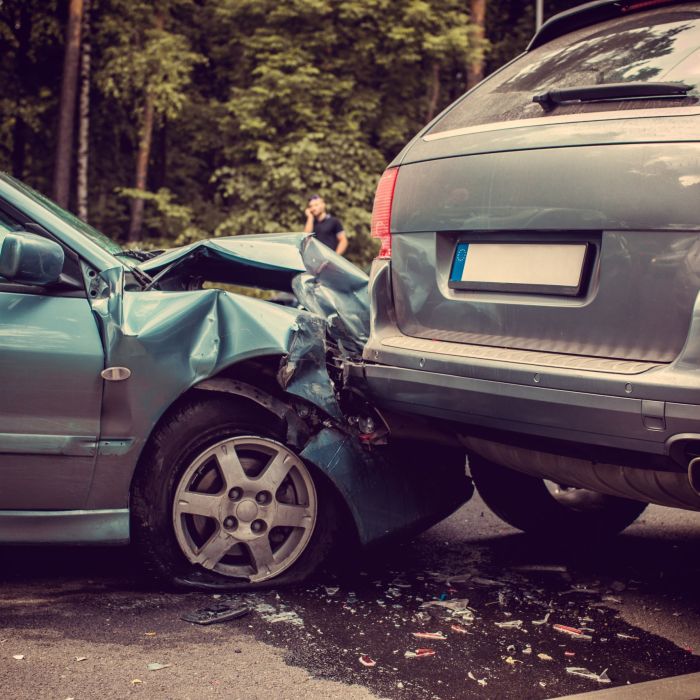A car crash is a traumatic event that can leave you shaken, especially if the other driver involved decides to flee the scene. Unfortunately, hit-and-run accidents are more common than many people realize. Knowing how to react in this situation is critical to protect both yourself and your vehicle. Here’s what to do if you’re ever involved in a hit-and-run.
What is a Hit-and-Run?
A hit-and-run occurs when a driver collides with a vehicle, a person, someone’s property, or even an animal and then leaves the scene without providing their contact information, notifying the authorities, or leaving a note. This is illegal and can carry serious consequences for the responsible party.
Stay Calm and Safe
No matter the situation, staying calm and taking the necessary steps after an accident is essential. If you’re involved in a hit-and-run, here’s what to do:
- Ensure Safety First The first rule after any car accident, including a hit-and-run, is to stay at the scene and ensure you’re in a safe position. If possible, pull over to the side of the road and park your vehicle in a safe area. Do not follow the fleeing vehicle as it could escalate the situation.
- Collect Important Information If the driver leaves the scene, try to gather as much information as possible that might help identify them. This will aid the police in locating the responsible driver. The more details you can collect, the better.
- License plate number
- Make, model, and color of the vehicle
- Approximate year of the vehicle
- Time and location of the accident
- Contact details of witnesses
- Direction in which the other vehicle fled
- Photos of the damage and scene
- Call the Police Immediately Contact the police right away to report the accident. Provide them with all the information you have, including witness names, the exact location of the crash, and the direction the fleeing driver took. Filing a police report is crucial for your insurance claim and legal protection.
- Document the Accident Some may think that a minor accident doesn’t require a police report, but it’s always best to file one, especially in a hit-and-run situation. Having an official report on record strengthens your case, especially if you plan to file for compensation for damages or injuries.
- Notify Your Insurance Provider Once you’ve reported the incident to the police, contact your insurance company. They’ll guide you through the claims process, and if you’re eligible for coverage, they might assist with vehicle towing or provide a rental car while your vehicle is repaired. Your insurance company can also help you track down the responsible party if they have insurance.
Understanding Your Insurance Coverage
A standard car insurance policy might not fully cover the damages in a hit-and-run accident, particularly if the responsible driver is never identified. Consider adding uninsured motorist coverage to your policy. This type of coverage protects you when the at-fault driver is either uninsured or cannot be found.
Legal Consequences of a Hit-and-Run
Committing a hit-and-run is a serious offense with severe legal penalties. These can vary by state, but common consequences include:
- Fines and/or jail time
- Suspension or revocation of your driver’s license
- Points added to your driving record
In severe cases, such as if someone is seriously injured or killed in the hit-and-run, the consequences can be even more severe, potentially including felony charges.
The Bottom Line
While a hit-and-run can be a traumatic experience, knowing the steps to take afterward can make a significant difference in the outcome. Stay calm, gather information, call the police, and contact your insurance provider. Make sure you have adequate insurance coverage to protect yourself in the event that the responsible driver isn’t located. By being prepared and following these steps, you can navigate the aftermath of a hit-and-run with confidence and minimize the stress involved.






